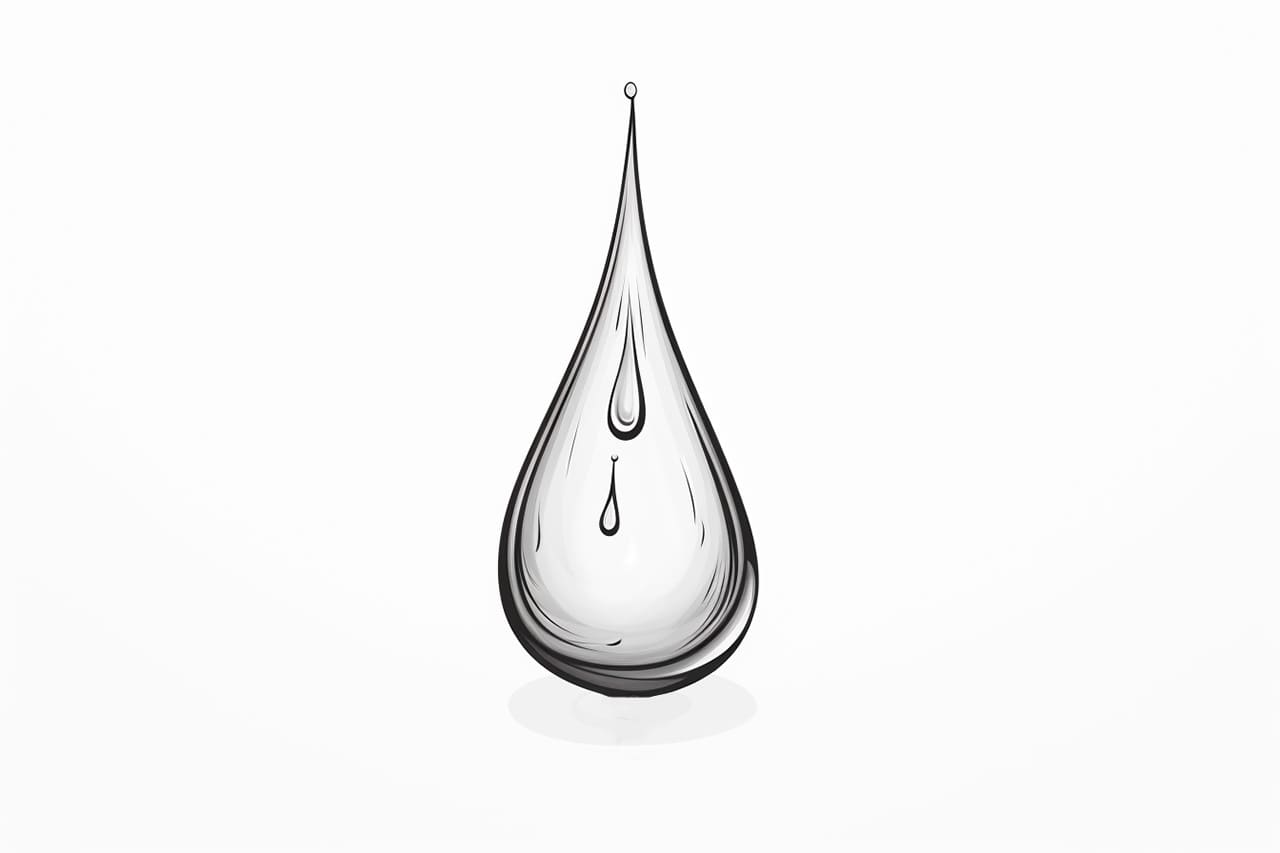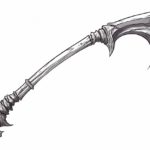Welcome to this step-by-step guide on how to draw a tear drop. Whether you’re an aspiring artist or just looking to improve your drawing skills, learning to draw basic shapes is an essential foundation. A tear drop is a simple yet elegant shape that can be used in various art forms, from realistic portraits to abstract designs. In this tutorial, we will break down the process into easy-to-follow steps, so grab your drawing tools and let’s get started!
Materials Required:
To draw a tear drop, you will need the following materials:
- Paper: Use a smooth and sturdy paper that is suitable for drawing. A sketch pad or drawing paper will work well.
- Pencil: Choose a medium to soft graphite pencil that allows for easy shading and erasing. A 2B or HB pencil is commonly used.
- Eraser: Have a good quality eraser on hand to correct any mistakes or lighten areas of your drawing.
That’s it! With these basic materials, you’re all set to begin drawing a tear drop.
Step 1: Position Your Paper
Place your paper on a flat surface and ensure it is in a comfortable position for drawing. Make sure your hand has enough space to move freely without smudging the pencil marks.
Step 2: Draw a Guide Line
Start by drawing a vertical straight line in the center of your paper. This line will act as a guide for the placement and symmetry of your tear drop shape.
Step 3: Create the Top Curve
At the top end of the guide line, draw a curved line that bends towards the right. Imagine a small arch or a rounded letter “C” shape. This curve will form the rounded top of the tear drop.
Step 4: Draw the Bottom Curve
From the other end of the guide line, draw a curved line that bends downwards, mirroring the shape of the top curve. This line should be slightly longer than the top curve to create the tapered point of the tear drop.
Step 5: Join the Curves
Connect the top and bottom curves by drawing another curved line that starts from the end of the top curve and smoothly flows into the start of the bottom curve. This line should follow a gentle curve, creating a seamless transition between the two curves.
Step 6: Refine the Shape
Take a close look at your tear drop shape and make any necessary adjustments to ensure symmetry and fluidity. You can use your pencil to lightly sketch additional lines or erase any unwanted marks until you’re satisfied with the overall shape.
Step 7: Add Shading
To give your tear drop a three-dimensional appearance, we’ll add some shading. Begin by identifying the light source in your drawing, which determines where the light is coming from. For simplicity, let’s assume the light is coming from the top left.
Step 8: Shade the Top Curve
Using light, gentle strokes, shade the top curve of the tear drop. Start with a light layer of shading and gradually build up the darkness by applying more pressure with your pencil. The area closer to the light source should be lighter, while the opposite end will be darker.
Step 9: Shade the Bottom Curve
Similar to the top curve, shade the bottom curve of the tear drop, but make it slightly darker. This contrast will enhance the illusion of depth and make the tear drop appear more realistic.
Step 10: Blend the Shading
To create a smooth transition between the light and dark areas, use a blending tool such as a tortillon, blending stump, or even a soft tissue. Gently rub the tool back and forth over the shaded area to blend the graphite and soften any harsh lines.
Step 11: Add Highlights
To make your tear drop shine, add highlights using an eraser. Identify the brightest spot on your tear drop, which is usually located at the top curve where the light source reflects the most. Lightly erase a small area to create a highlight.
Step 12: Final Touches
Take a step back and assess your drawing. Make any final adjustments or fixes to improve the shape, symmetry, and shading of your tear drop. Once you’re satisfied with the result, you can sign your artwork and proudly display it!
Conclusion
Drawing a tear drop may seem simple, but paying attention to the subtle curves and shading can elevate your artwork to another level. By following these step-by-step instructions, you have learned how to draw a tear drop with confidence and precision. Remember to practice regularly and experiment with different sizes and angles to expand your drawing skills. So, grab your pencil and start creating beautiful tear drops in your artwork!









